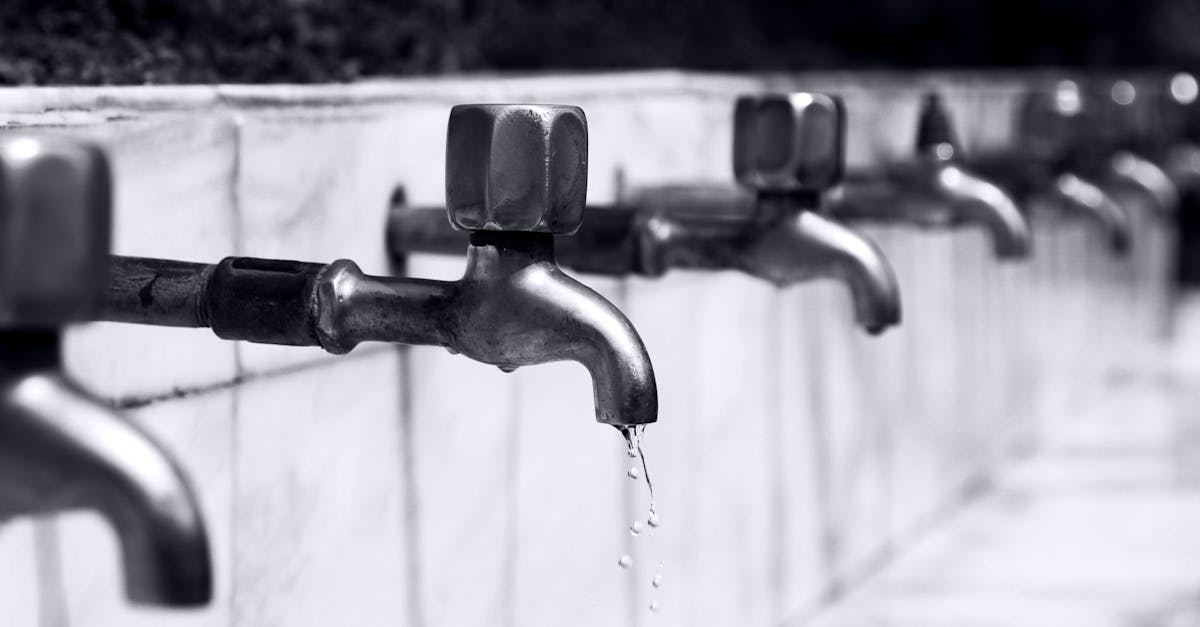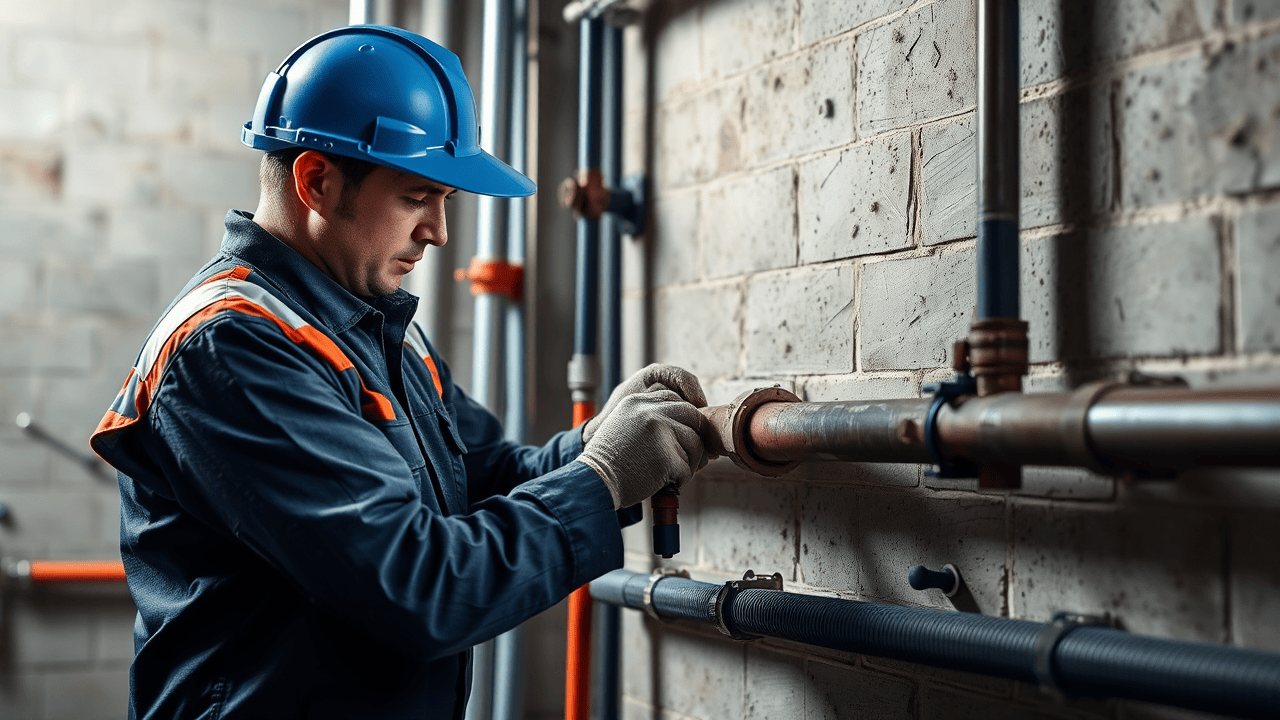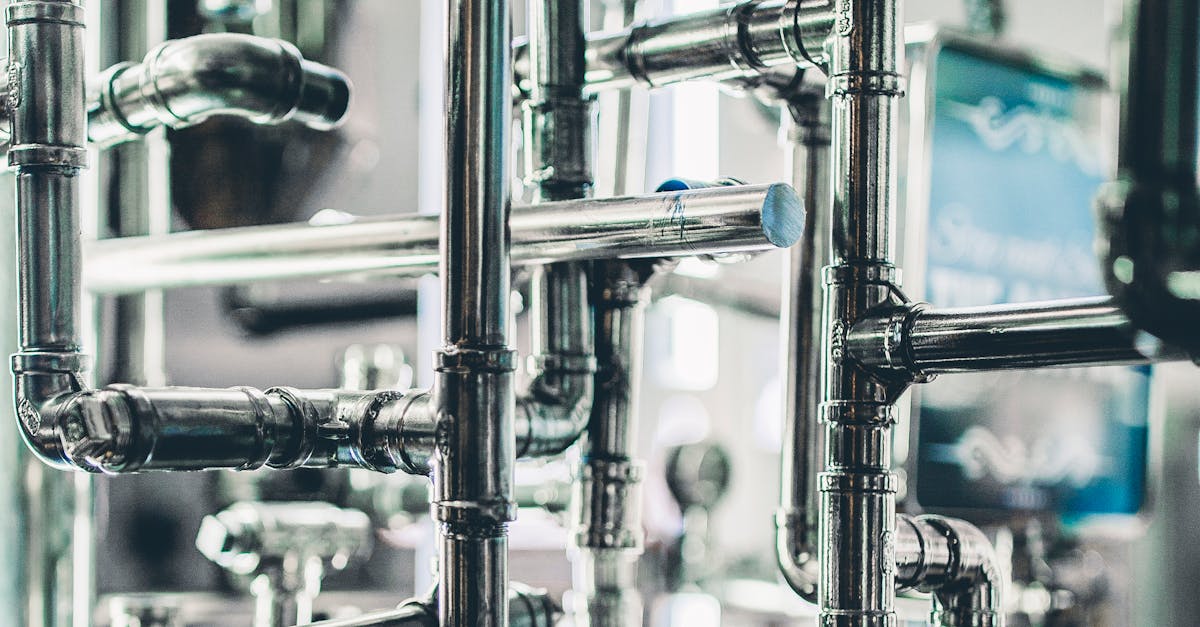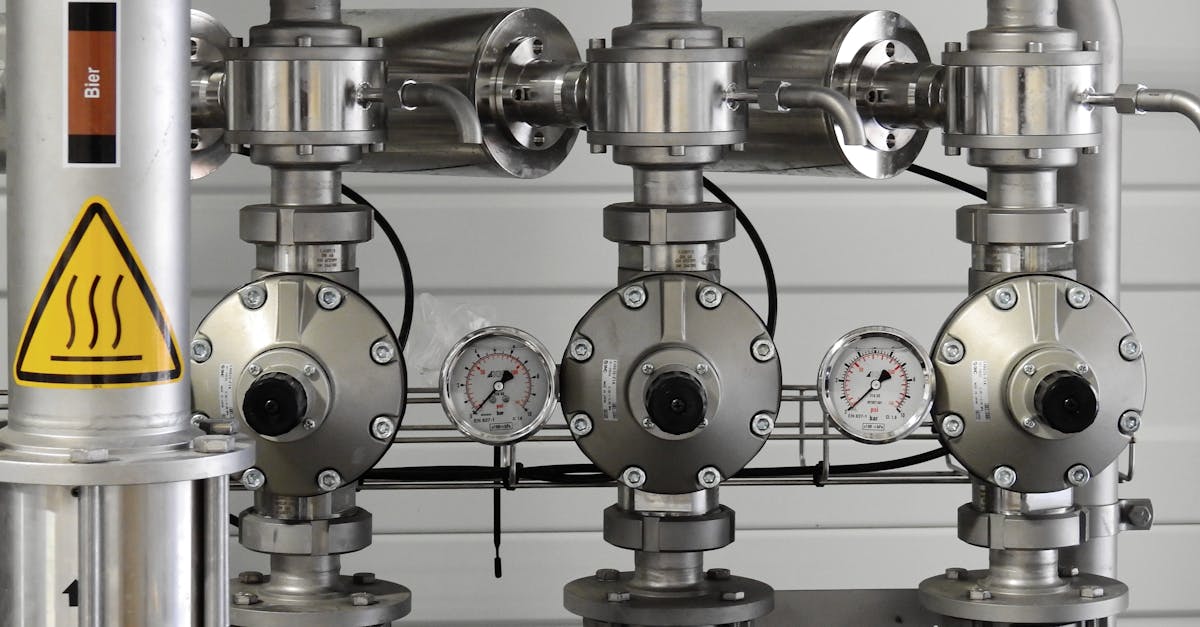
Wrapping with Tape
Wrapping a leaky pipe joint with plumbing tape is a straightforward solution that can effectively seal minor leaks. This method involves wrapping a specialized tape around the joint to create a waterproof barrier. Ensure it is tightly wound and covers the leak area thoroughly. The key is to use tape designed specifically for plumbing applications, as standard tape may not withstand moisture or pressure.
For those hesitant about tackling plumbing issues themselves, searching for "pipe installation and repair near me" can connect you with professionals who can assist. However, using plumbing tape yourself can save time and money for minor leaks. It is important to remember that this is typically a temporary fix, and more extensive repairs may be necessary later. Proper application of the tape can lead to a quick resolution while you plan further maintenance.
Best Practices for Using Plumbing Tape
When using plumbing tape to fix a leaky pipe joint, it is essential to clean the area around the joint thoroughly. This ensures that the tape adheres properly and provides a reliable seal. Remove any debris, moisture, or residue that may interfere with the tape's performance. It's advisable to wrap the tape around the joint several times, overlapping each layer for maximum effectiveness. The tape should be applied with moderate tension, which will create a snug fit against the joint surface.
Selecting the right type of plumbing tape is crucial for achieving optimal results. Teflon tape is commonly used for threaded pipes, while other tape varieties may better suit different materials. Always check the compatibility of the tape with the pipe material to prevent further damage. If you require professional assistance, consider searching for "pipe installation and repair near me" to find qualified plumbers who can provide expert guidance.
Utilizing Epoxy Putty
Epoxy putty serves as an effective solution for sealing leaks in pipe joints without the need for removal. This versatile compound consists of two parts that, when mixed together, create a strong bond capable of withstanding water pressure. Similar to other temporary fixes, it’s essential to assess the severity of the leak and the surrounding pipe condition before application. A clean surface is crucial, as dirt and moisture can compromise the adhesion of the epoxy.
To properly apply epoxy putty, begin by cutting off a piece of the putty and kneading it until it becomes a homogenous mass. Press the putty firmly around the leaky joint, ensuring complete coverage and filling any gaps or cracks. Allow the compound to cure as per the manufacturer’s instructions for optimal results. For those unsure about their skills in DIY repairs, searching for "pipe installation and repair near me" can connect you with professionals who can handle such issues efficiently.
Steps for Using Epoxy to Seal a Leak
When tackling a leak with epoxy putty, begin by cleaning the area around the pipe joint. Use a cloth or sandpaper to remove any dirt, grease, or moisture. This step ensures proper adhesion. Once the surface is prepared, take the epoxy putty and knead it until you achieve a uniform color. After this, apply the putty directly over the leak, pressing it firmly into place to create a tight seal.
Allow the epoxy to cure as per the manufacturer's instructions, usually for a few hours. During this time, avoid turning on the water supply to ensure the seal forms properly. If you're unsure about the process, searching for "pipe installation and repair near me" can help you connect with professionals who can assist or provide guidance. Keeping the area dry until the repair is set will maximize the effectiveness of your work.
Exploring Clamp Solutions
Clamps offer a practical solution for reinforcing a leaky pipe joint without the need for removal. These devices can brace the joint securely and help prevent further leaking. Depending on the size and location of the leak, various types of clamps can be used. Compression clamps, for instance, are ideal for applying pressure evenly around the pipe, while rubber-lined clamps provide cushioning that adapts to the contours of the pipe. When looking for methods to address leaks quickly, exploring clamp options can provide immediate relief.
For those seeking professional assistance, searching online for "pipe installation and repair near me" can connect you with plumbing experts who can recommend the best clamps for your specific needs. Many local services offer affordable solutions that include clamp installation as part of their plumbing repair packages. By utilizing clamps, homeowners can manage minor leaks effectively while reducing the risk of costly damage to their plumbing systems.
Types of Clamps for Reinforcement
When addressing leaks at pipe joints, using clamps can provide an effective temporary fix. There are various types, such as hose clamps, rubber clamps, and metal clamps. Hose clamps are particularly versatile, making them useful for securing a rubber patch or added insulation around a leaky area. Rubber clamps offer good cushioning, which helps in absorbing vibrations and reducing wear at the joint. Metal clamps provide sturdy reinforcement and can withstand greater pressure, making them a solid choice for high-stress environments.
Properly selecting the right clamp depends on the materials and dimensions of the pipe. It’s essential to ensure that the clamp fits snugly around the leaky joint. Consider consulting services for “pipe installation and repair near me” for expert recommendations on the most appropriate clamp solution tailored to your specific needs. This guidance can help ensure that the repair lasts longer and remains effective until a permanent solution can be applied.
FAQS
What are the most common methods to fix a leaky pipe joint without removing it?
The most common methods include wrapping the joint with plumbing tape, using epoxy putty to seal the leak, and applying clamps for reinforcement.
How effective is plumbing tape for sealing leaks?
Plumbing tape can be quite effective for minor leaks, particularly in threaded joints. It creates a tight seal that can prevent further leakage when applied correctly.
Can epoxy putty be used on all types of pipes?
Epoxy putty is generally suitable for most types of pipes, including PVC, metal, and copper. However, it's important to check the manufacturer's instructions to ensure compatibility.
How do I know if I need to replace a leaky pipe joint instead of repairing it?
If the leak persists after multiple repair attempts, or if you notice significant corrosion, rust, or structural damage, it may be time to consider replacing the joint.
Are clamp solutions a temporary fix or a permanent solution?
Clamp solutions can provide a temporary fix but can also serve as a long-term solution if applied correctly. It's essential to ensure that the clamp is securely fastened and the leak is adequately sealed.


